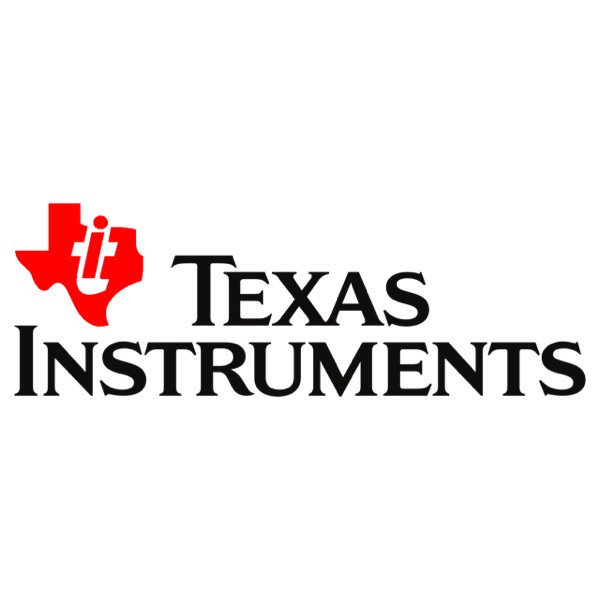Automotive MCU designed for efficiency in power electronics
21-07-2023 | Texas Instruments | Semiconductors
The Texas Instruments TMS320F28003x (F28003x) is part of the C2000 real-time microcontroller family of scalable, ultra-low latency devices created for efficiency in power electronics, including but not limited to high switching frequencies, high power density, and supporting the usage of GaN and SiC technologies.
These include applications such as motor drives, appliances, hybrid, electric and powertrain systems, solar and EV charging, digital power, body electronics and lighting, and test and measurement.
The real-time control subsystem is based on the company's 32-bit C28x DSP core, which provides 120MHz of signal-processing performance for floating- or fixed-point code running from either on-chip flash or SRAM. The C28x CPU is additionally boosted by the FPU, TMU, and VCRC extended instruction sets, speeding up common algorithms key to real-time control systems.
The CLA allows significant offloading of common tasks from the main C28x CPU. The CLA is an independent 32-bit floating-point math accelerator that executes parallel to the CPU. Further, the CLA has its own dedicated memory resources and may directly access the key peripherals needed in a typical control system. Support of a subset of ANSI C is standard, as are key features like hardware breakpoints and task-switching.
The device supports up to 384KB (192KW) of flash memory divided into three 128KB (64KW) banks, which allow programming and execution in parallel. Up to 69KB (34.5KW) of on-chip SRAM is also available to supplement the flash memory.
The Live Firmware Update hardware enhancements on device provide fast context switching from the old firmware to the new firmware to minimise application downtime when updating the device firmware.
High-performance analog blocks are integrated on the F28003x real-time MCU and are coupled with the processing and PWM units to deliver optimal real-time signal chain performance. Sixteen PWM channels, all supporting frequency-independent resolution modes, allow control of various power stages from a three-phase inverter to PFC and advanced multilevel power topologies.
The inclusion of the configurable logic block enables the user to add custom logic and potentially integrate FPGA-like functions into the C2000 real-time MCU.
Interfacing is supported via various industry-standard communication ports (such as SPI, SCI, I2C, PMBus, LIN, CAN and CAN FD) and presents multiple pin-muxing options for optimal signal placement. The FSI allows up to 200Mbps of robust communications across an isolation boundary.
New to the platform is the host interface controller (HIC), a high-throughput interface that permits an external host to access the resources of the MCU directly.



